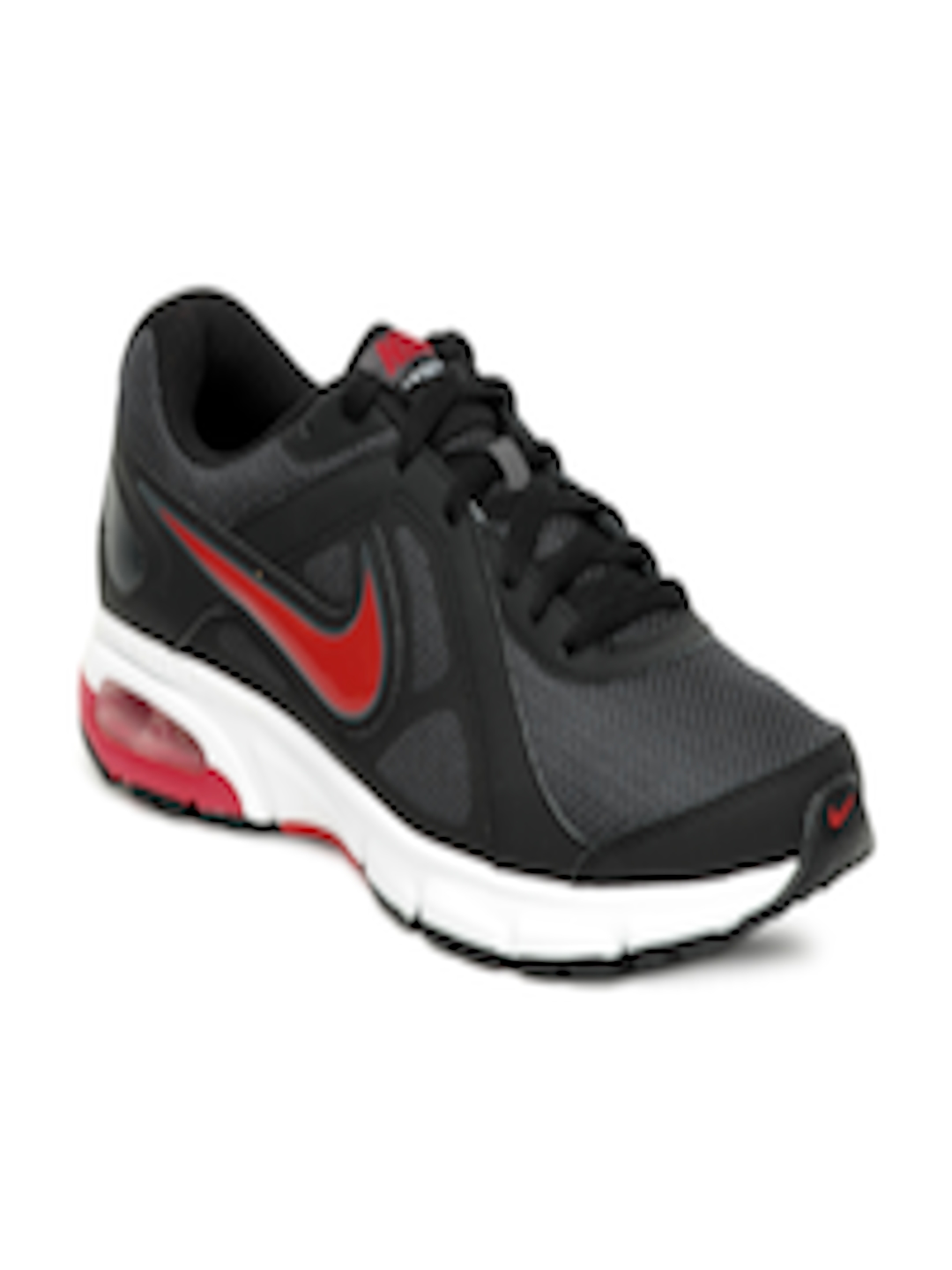

And in 1959, Mattel launched Barbie, the intersection of mass production and idealised femininity, essentially Marilyn in US$3 plastic form. The fast-food industry flourished with the growth of franchising. The eager popular consumption of Marilyn was emblematic of the golden age of capitalism born of a post-war economic boom.īroadcasting grew in importance as television ownership was on the rise. The other great theatre of identity wars was the cold war, where Monroe represented a celebration of everything that the American narrative insisted the Soviets wanted to destroy. In such a context, Monroe’s whiteness apparently stood as unequivocally American, comforting those who would resist the advance of racial equality. The brutal lynching of Emmett Till the same year, and particularly his mother’s insistence on an open casket, further propelled civil rights issues into the public eye. The height of Monroe’s popularity coincided with the intensification of the US civil rights movement, with the 1954 landmark Brown v Board of Education decision (which ruled that the segregation of black and white children in schools was unconstitutional), swiftly followed by Rosa Parks’ famous refusal to yield her bus seat in 1955.
#Nike air dictate 2 running shoes series
A woman looks at the ‘Marilyn Monroe’ series during the inauguration of the Andy Warhol Pop Art exhibit at the RCB Galleria in Bangkok, Thailand, 11 August 2020. The particular image she constructed also mattered, as her white-blonde hair was a startling reassurance of American-ness at a time when American identity was itself being fiercely protected. For Monroe, as with others, the capacity to overcome adversity was humanising and inspiring. Such transformation is one classic hallmark of the icon, including Elvis Presley, Maria Callas, Aretha Franklin and Dolly Parton. As Marilyn Monroe, she took control of her brand, wielded her sex appeal to build her career and founded her own production company – a rare thing for a woman at the time. Norma Jeane grew up in foster homes and orphanages, during which time she was sexually molested, and her mother was hospitalised with paranoid schizophrenia. In the shift from Norma Jeane to Marilyn, from girl-next-door brunette to blinding-peroxide blonde, and from stammerer to vocal seductress, she also moved from victim to agent. Indeed, it is the radical reinvention of her image that helps explain her appeal. Monroe achieved such popularity due to a perfect storm of biography and cultural context, a potential that she managed to capitalise on with shrewd image management. Famously, she used her own appeal to help boost the career of Ella Fitzgerald, bribing the reluctant owners of the Mocambo jazz club to take a chance on the gifted black singer with the promise of a front-row appearance every night. In her lifetime, Monroe was exalted as one of the most bankable stars of the day, essentially guaranteed to attract an audience to any event. So what elevates Monroe above mere celebrity into the status of icon? Nor was she the last: Anita Ekberg, Jayne Mansfield, Kim Novak and Doris Day all came after.

But she was by no means the first, following in the high-heeled footsteps of Mae West and Jean Harlow. Monroe made her name as a “blonde bombshell,” a glamorous pin-up model and Hollywood actress/singer who was a favourite focus for the voracious mid-century male gaze. Why does this fascination endure so many decades after her death?

And now she is the subject of a US$22 million (£18 million) Netflix biopic, Blonde, starring Ana de Armas, based on Joyce Carol Oates’ fictionalised account of her life, published in 2000.


 0 kommentar(er)
0 kommentar(er)
